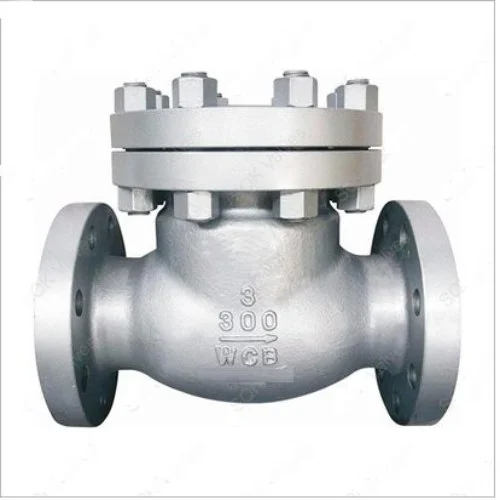manual valve types
Understanding Manual Valve Types A Comprehensive Overview
Manual valves are essential components in various industries, responsible for controlling the flow of fluids, gases, or slurries through a system. These valves can be operated without the need for power sources, enabling operators to regulate flow easily and effectively. Understanding the different types of manual valves is crucial for choosing the right one for a specific application.
1. Gate Valves
Gate valves are commonly used for on/off service, providing minimal pressure drop when fully opened. They consist of a wedge-shaped gate that slides between two seats to either allow or block the flow. Gate valves are ideal for applications where the flow needs to be completely shut off, but they are not suitable for throttling purposes as partial opening can lead to erosion.
2. Globe Valves
Globe valves are known for their exceptional throttling capabilities. With a spherical body design, they create a tortuous path for fluid flow, allowing for precise control. The valve disc lifts off its seat when opened, and the flow can be adjusted by controlling the degree of opening. These valves are ideal for systems where flow regulation is necessary.
3. Ball Valves
manual valve types

Ball valves offer quick and reliable on/off operation. They feature a spherical disc (the ball) with a hole through its center. When the valve is rotated a quarter turn, the hole aligns with the flow path, allowing fluid to pass. Ball valves are highly durable and provide excellent sealing, making them a popular choice for applications requiring tight shut-off.
4. Butterfly Valves
Butterfly valves consist of a rotating disc that controls the flow by pivoting around an axis. They are lightweight, compact, and suitable for large volumes of fluid. Butterfly valves are often used in large pipelines where space is limited. Their design allows for rapid opening and closing, making them efficient for regulating flow.
5. Check Valves
While typically not manually operated, check valves play an important role in ensuring that fluid flows in one direction only. These valves prevent backflow and protect equipment from damage. Manual operations can be incorporated with additional components for maintenance purposes.
Conclusion
Selecting the right manual valve type involves understanding the specific needs of the application, including the required flow control, pressure rating, and size constraints. Each type has its distinct advantages and limitations, making it vital to consider these factors. By ensuring the proper selection and installation of manual valves, industries can enhance efficiency, safety, and reliability in their systems. As technology continues to evolve, manual valves remain a fundamental element in fluid control systems worldwide.
-
The Key to Fluid Control: Exploring the Advantages of Ball Valves in Industrial SystemsNewsJul.09,2025
-
The Versatile World of 1, 2, and 3 Piece Ball ValvesNewsJul.09,2025
-
Stainless Steel Ball Valves: The Ideal Choice for Efficient Flow ControlNewsJul.09,2025
-
Optimizing Fluid Control with Ball Float ValvesNewsJul.09,2025
-
Manual Gate Valves: Essential for Control and EfficiencyNewsJul.09,2025
-
Everything You Need to Know About Butterfly ValvesNewsJul.09,2025
-
The Versatility of Wafer Type Butterfly ValvesNewsJul.08,2025




